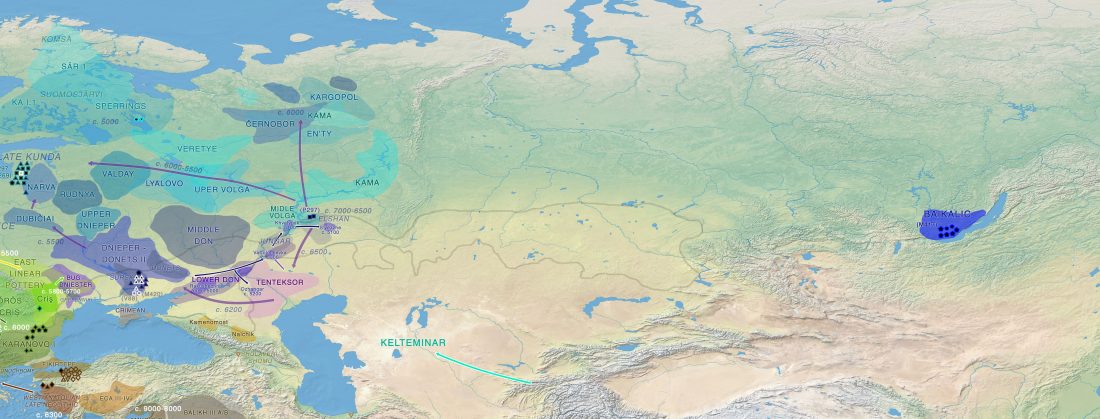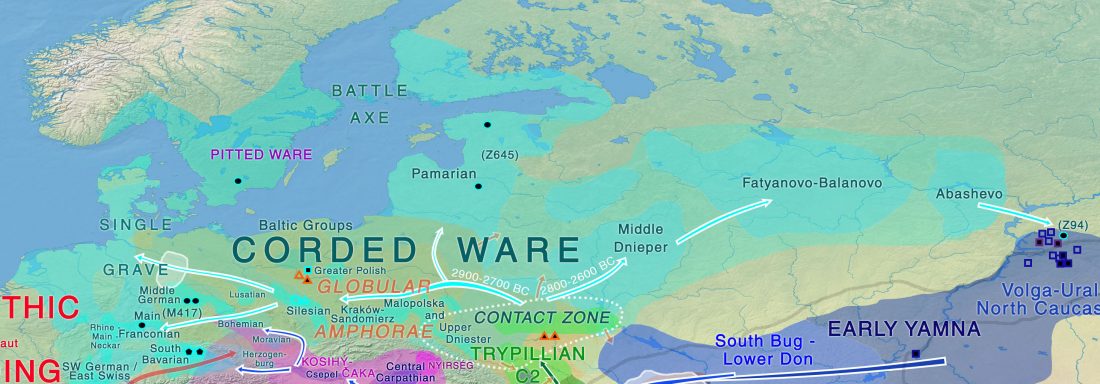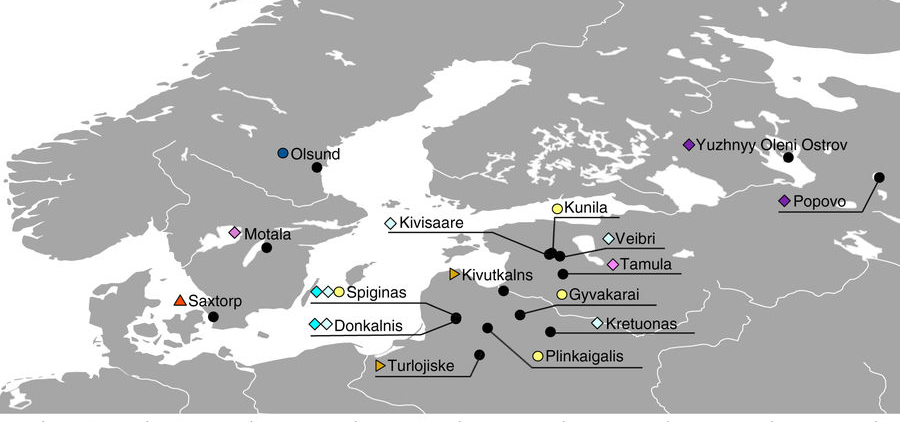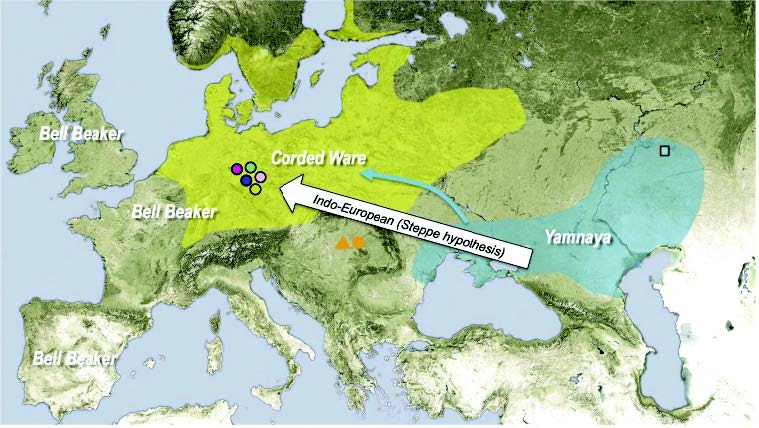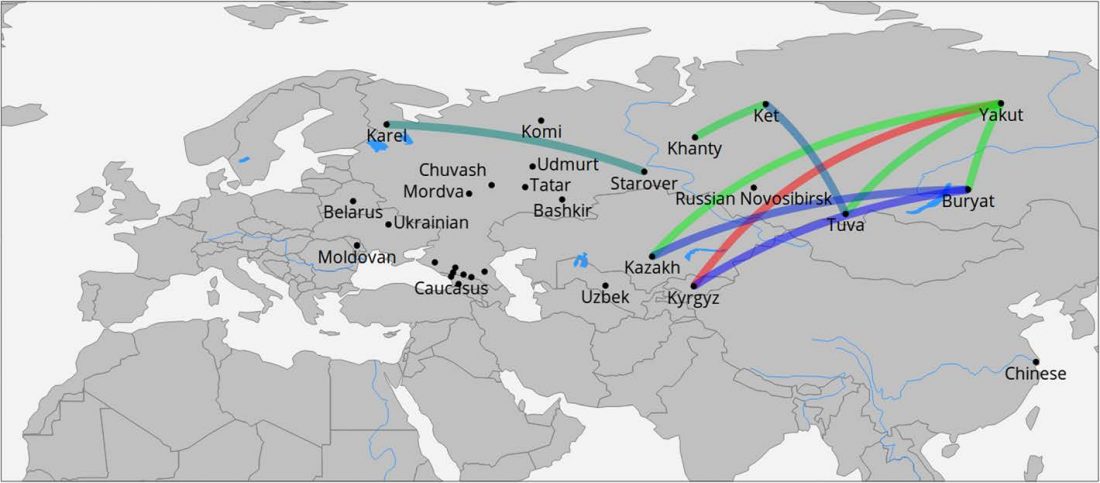Henny Piezonka recently uploaded an old chapter, Die frühe Keramik Eurasiens: Aktuelle Forschungsfragen und methodische Ansätze, in Multidisciplinary approach to archaeology: Recent achievements and prospects. Proceedings of the International Symposium “Multidisciplinary approach to archaeology: Recent achievements and prospects”, June 22-26, 2015, Novosibirsk, Eds. V. I. Molodin, S. Hansen.
Abstract (in German):
… Read the rest “The arrival of haplogroup R1a-M417 in Eastern Europe, and the east-west diffusion of pottery through North Eurasia”Die älteste bisher bekannte Gefäßkeramik der Welt wurde in Südostchina von spätglazialen Jäger-Sammlern wahrscheinlich schon um 18.000 cal BC hergestellt. In den folgenden Jahrtausenden verbreitete sich die neue Technik bei Wildbeutergemeinschaften in der russischen Amur-Region, in Japan, Korea und Transbaikalien bekannt, bevor sie im frühen und mittleren
